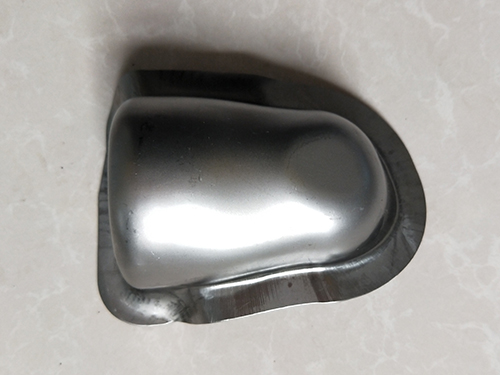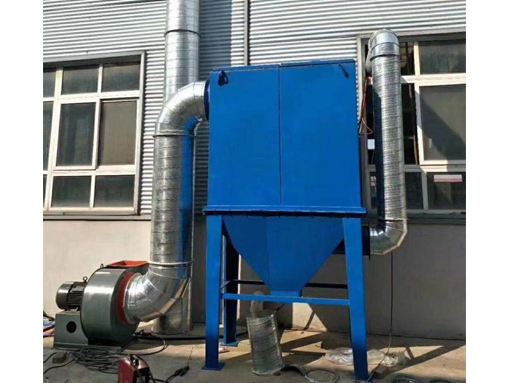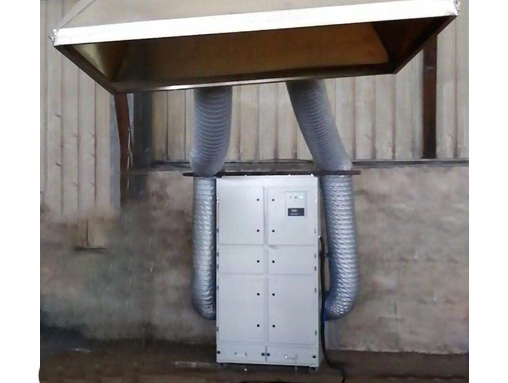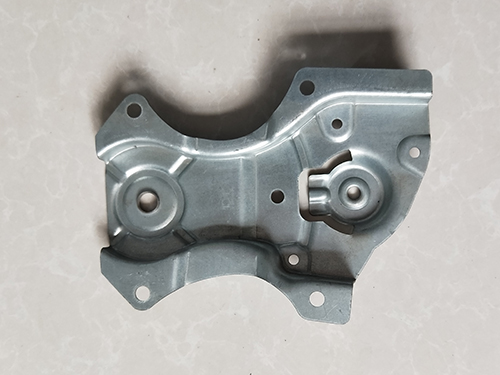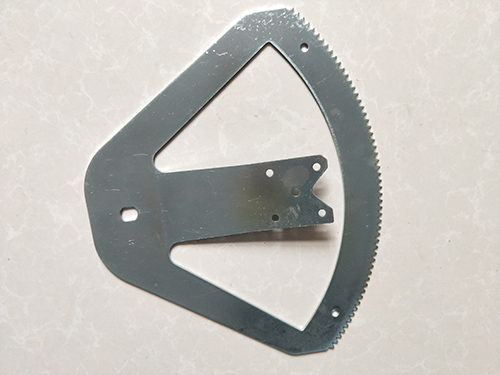The significance of stamping process development and material utilization improv
{1} The significance of automotive stamping process is that automotive stamping manufacturing is an important component of automotive manufacturing. Controlling the quality of stamping process technology is conducive to improving the overall quality of automotive manufacturing. Stamping technology is a metal processing method that uses stamping equipment and molds to apply pressure to metal sheets, causing plastic deformation and separation of the metal sheets, thereby obtaining the expected stamped parts for design. Automotive stamping parts; The progress of the process has a significant impact on the overall project schedule, and strict control should be exercised during the process to minimize stamping failure rates and improve the quality of stamped parts due to process and mold issues. The automotive stamping process is beneficial for improving the performance of process products, shortening the processing and manufacturing cycle, saving processing and manufacturing costs, and has important significance for improving enterprise efficiency and socio-economic development. The automotive stamping process is beneficial for improving the quality and user experience of automobiles, and can bring new business opportunities to China's automotive industry. Thirdly, designing new and reasonable automotive stamping processes plays a driving role in improving the performance and quality requirements of automobiles, which is of great significance for the development of the automotive manufacturing industry. {2} Solution 1 for improving the utilization rate of stamping materials: Product styling optimization. In automotive body stamping parts, side panel stamping parts are metal stamping parts with large spatial geometric dimensions and complex shapes;, It is very difficult to improve the material utilization rate, and the block position of the side panel and back door in the structural design has a significant impact on the overall material utilization rate. Due to the large forming of the side panel, the consumption of materials for the inner and outer panels of the side panel and back door increases. After optimizing the product design separately, the material utilization rate increased from 43.5% to 43.8%. 2. The stamping part of the rear door inner panel after product optimization is relatively deep, reaching 170mm, which makes forming difficult, and at the same time, the material consumption utilization rate is low. To this end, deep drawing is carried out in the door lock area of the rear door inner panel to reduce it by 40mm, and the sheet metal spacing can be reduced by 30mm. After product optimization, its material utilization rate increased from 62.5% to 63.2%. 3. The original forming process for optimizing the stamping forming process of the left and right longitudinal beams was deep drawing, which required a billet size of 1348mm * 365mm. Based on its process and forming technology conditions, the process was optimized from deep drawing to mold forming, resulting in an optimized billet size of 1308mm * 284mm. After process optimization, the material utilization rate increased from 69.8% to 92.4%. 4. Process supplementation optimization is an important component of the stamping die surface, and its shape affects material utilization. Usually, under the premise of product formability, the corner deep drawing of the product should be almost flush with the pressing surface to minimize deep drawing. The general process requires at least 8mm high process supplementation, and the optimized process requires 3mm high process supplementation. With fewer dimensions in the width direction, the material utilization rate of this part has increased from 67.9% to 68.2%.
